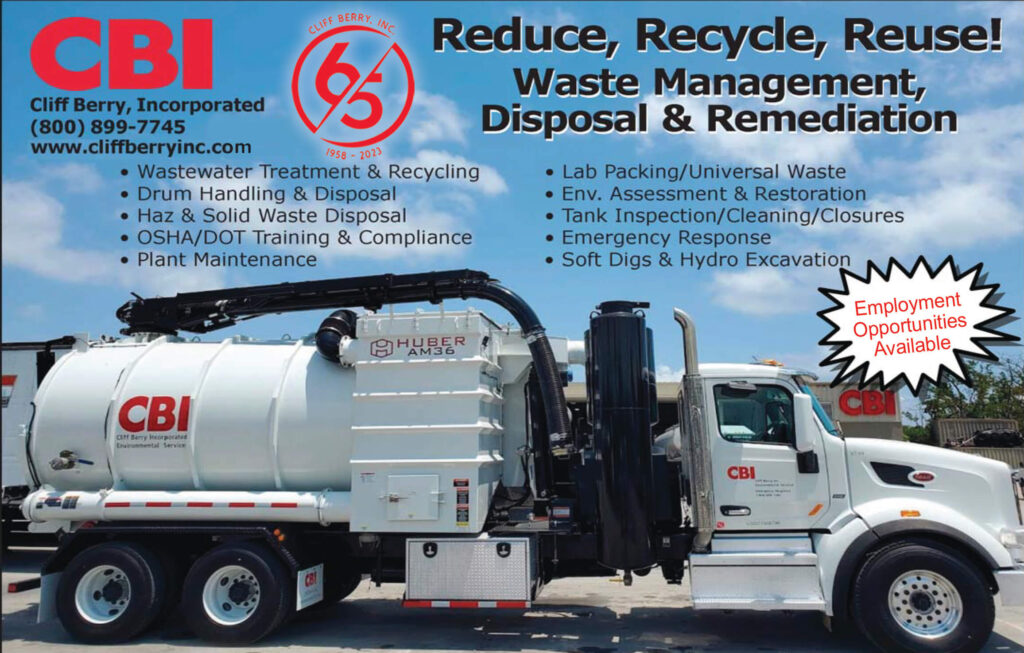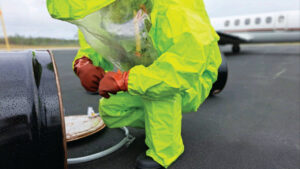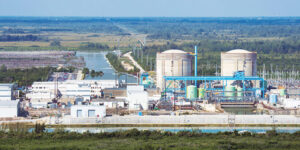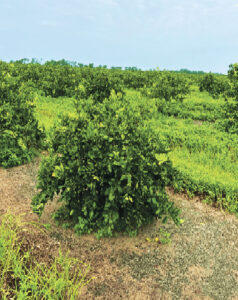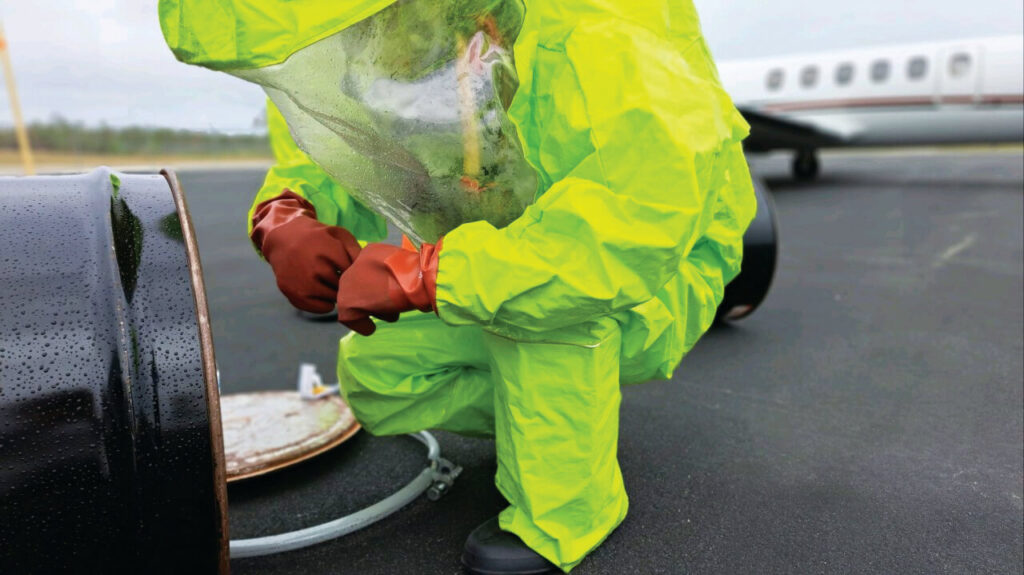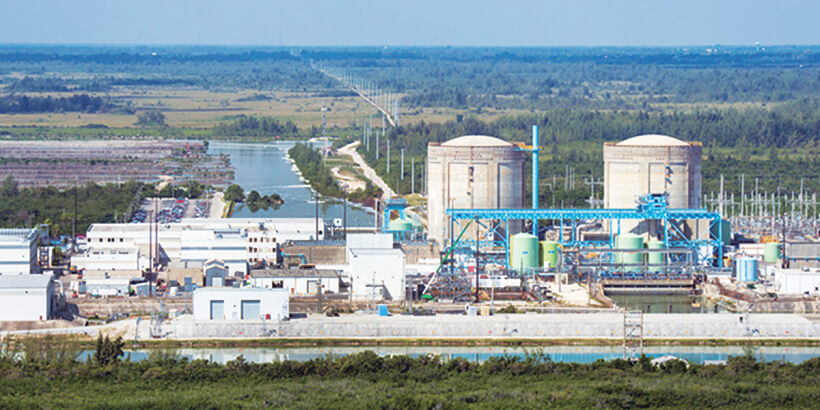By RAMDAS KANISSERY and MAHESH BASHYAL,
UF/IFAS SWFREC
Using compost and soil amendments is beneficial to Florida citrus groves. Florida soils are sandy and have low organic matter and cation exchange capacity. Adding compost and organic amendments (e.g., humic acid) can enhance the soil’s ability to retain water and nutrients. These practices can also boost soil microbial activity which improves soil health.
Previous research shows that yield losses from trees affected by huanglongbing (HLB) correlate with low fibrous root densities and reduced root system capacity for water and nutrient uptake.
Compost and organic amendments can aid citrus growers by improving the overall physical, chemical and biological properties of soil.
However, any strategies to boost tree growth can also potentially boost weed growth. It is essential to understand the impacts of these soil management practices on weed emergence and infestation in citrus groves.
Start with clean compost
Although composting is beneficial for citrus growers, it can cause weed problems if done incorrectly.
Composting is a recycling process in which naturally occurring organisms decompose organic materials such as yard trimmings, grass clippings and other horticultural wastes into biologically stable humic substances.
Proper composting requires organic materials with a favorable carbon-to-nitrogen ratio (25 to 30:1) and adequate moisture (45% to 50%) with constant aeration. Many ingredients in the compost mix can be potential sources of weed seeds, though a proper composting procedure will yield a weed-free final product.
Certain factors, such as an incorrect composting temperature or lack of regular mixing and turning can cause weed seeds to survive in the compost.
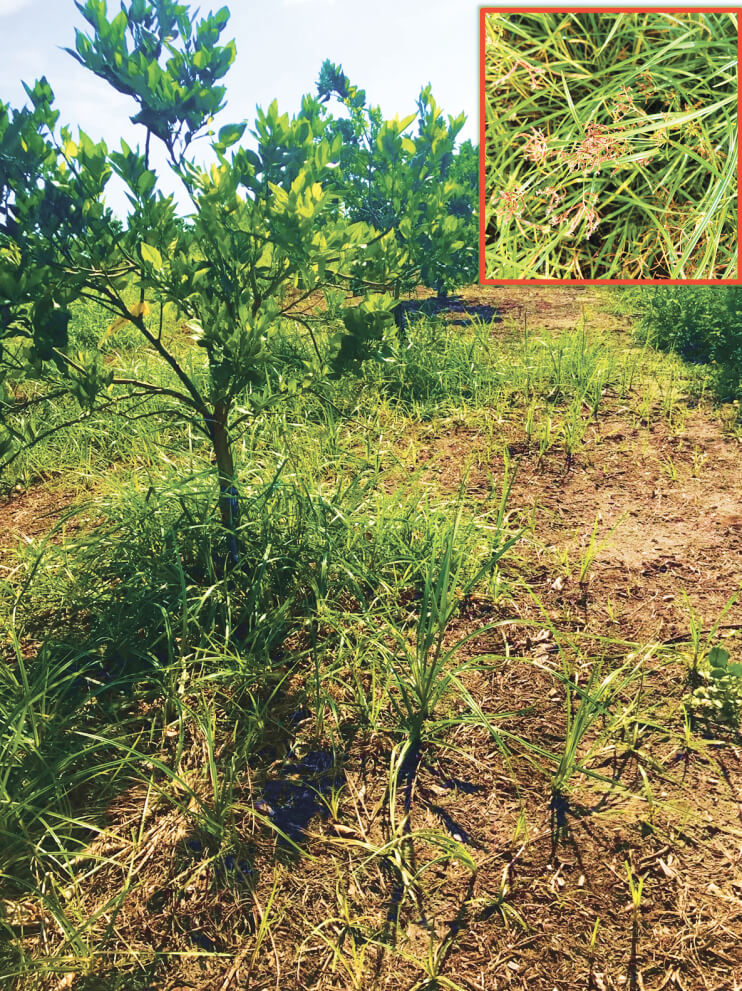
A well-mixed compost pile will heat to temperatures between 110 and 160 degrees as the microorganisms actively feed on the ingredients. These high temperatures will help destroy weed seeds and disease-causing organisms in the pile. It is essential that citrus growers use a weed-free compost product from a reliable source.
Monitor weed pressure
The timing of compost or organic amendment application affects weed management in citrus groves.
These materials should not be applied until the existing weeds are effectively managed.
For example, spreading compost in weedy tree rows will provide nutrition to weeds and boost their growth. It is also possible that gradual nutrient release from the compost can benefit weeds and their soil seed bank.
A recent University of Florida Institute of Food and Agricultural Sciences (UF/IFAS) study found that compost addition potentially stimulates the emergence and growth of perennial weeds such as nutsedge in citrus tree rows (Figure 1). Ensure adequate management by applying an appropriate post-emergent herbicide once the weeds emerge from the soil and are in an active vegetative growth stage (Figure 2).
Spray weeds when they are in the seedling stage. A quick reference table from UF/IFAS gives information on various post-emergent herbicides used in citrus. This resource can help growers choose the correct herbicide product and application rate.
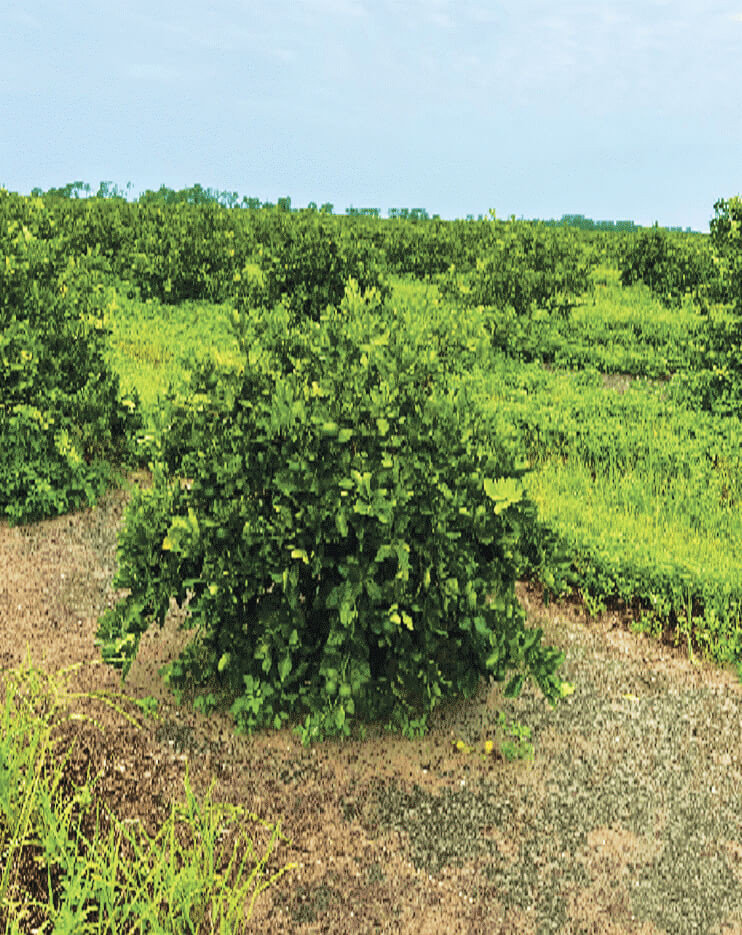
Soil fertility amendments cause a change in weed density and composition in cropping systems.
It is essential to monitor the weed pressure in composted areas of tree rows to ensure an appropriate weed management strategy.
Impacts on herbicides
The addition of organic amendments to soil could impact the fate and persistence of herbicides in the soil.
For instance, composting increases soil organic matter content, which is one of the most relevant factors.
This also influences herbicides’ retention or binding (also known as adsorption) to soil. This affects herbicides’ persistence or mobility in the soil, sometimes impacting their breakdown.
Compost potentially can influence the effectiveness of pre-emergent (also known as residual) herbicides by reducing the final concentration bioavailable for uptake by the targeted weed seeds/seedlings.
The effectiveness of most pre-emergent herbicides depends on their incorporation into the topsoil. Freshly applied compost may prevent herbicide’s contact with soil and affect herbicide incorporation.
It is best to delay pre-emergent herbicide application until after the compost and other organic amendments have been incorporated into the soil.
Field and laboratory research is underway at the UF/IFAS Southwest Florida Research and Education Center (SWFREC) in Immokalee to better understand the impact of compost and organic amendments on the mobility and availability of herbicides in amended and unamended soils.
Post-hurricane considerations
Hurricanes and their associated flooding affect citrus weed control, possibly for years. Adequate weed management is crucial post-hurricane, as weeds may pose increased competition for recovering trees.
Storms and floods can introduce new weed seeds. Groves should be scouted thoroughly to monitor for emergence of new weed species.
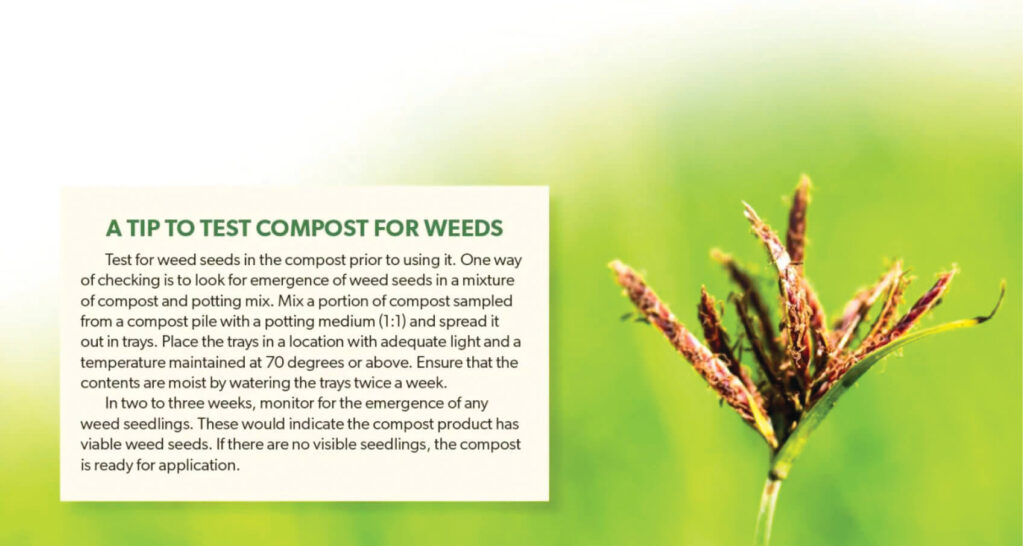
Additionally, because hurricanes often reduce tree canopies, which decreases shade in tree rows, an increase in weed pressure can be expected in impacted citrus groves. Consider applying post-emergent herbicide products as early as possible to prevent the emerging weeds from going to seed production.
Hurricanes also hinder the effectiveness of previously applied pre-emergent herbicide sprays.
There is a greater chance of leaching or vertical movement of these herbicides due to the high rainfall associated with hurricanes. This washes out the herbicide active ingredients from the topsoil, making them less effective.
Another unwanted consequence is leached herbicide coming in contact with tree roots.
Moreover, wind and flooding from hurricanes can cause runoff of herbicide residues sprayed before the storm. This can accumulate in “hot spots” where some areas in a grove have an elevated concentration of herbicides.
If any herbicide-related injury symptoms are found in the trees, consider testing the soil to analyze herbicide content in the affected area.
This will help determine if concentrations of herbicides are high enough to impact tree health, especially if that area needs new plantings or trees need to be reset.●
Ramdas Kanissery is an assistant professor, and Mahesh Bashyal is a postdoctoral researcher, both at the UF/IFAS SWFREC in Immokalee.
Reprinted with permission from our friends at AgNet Media.







